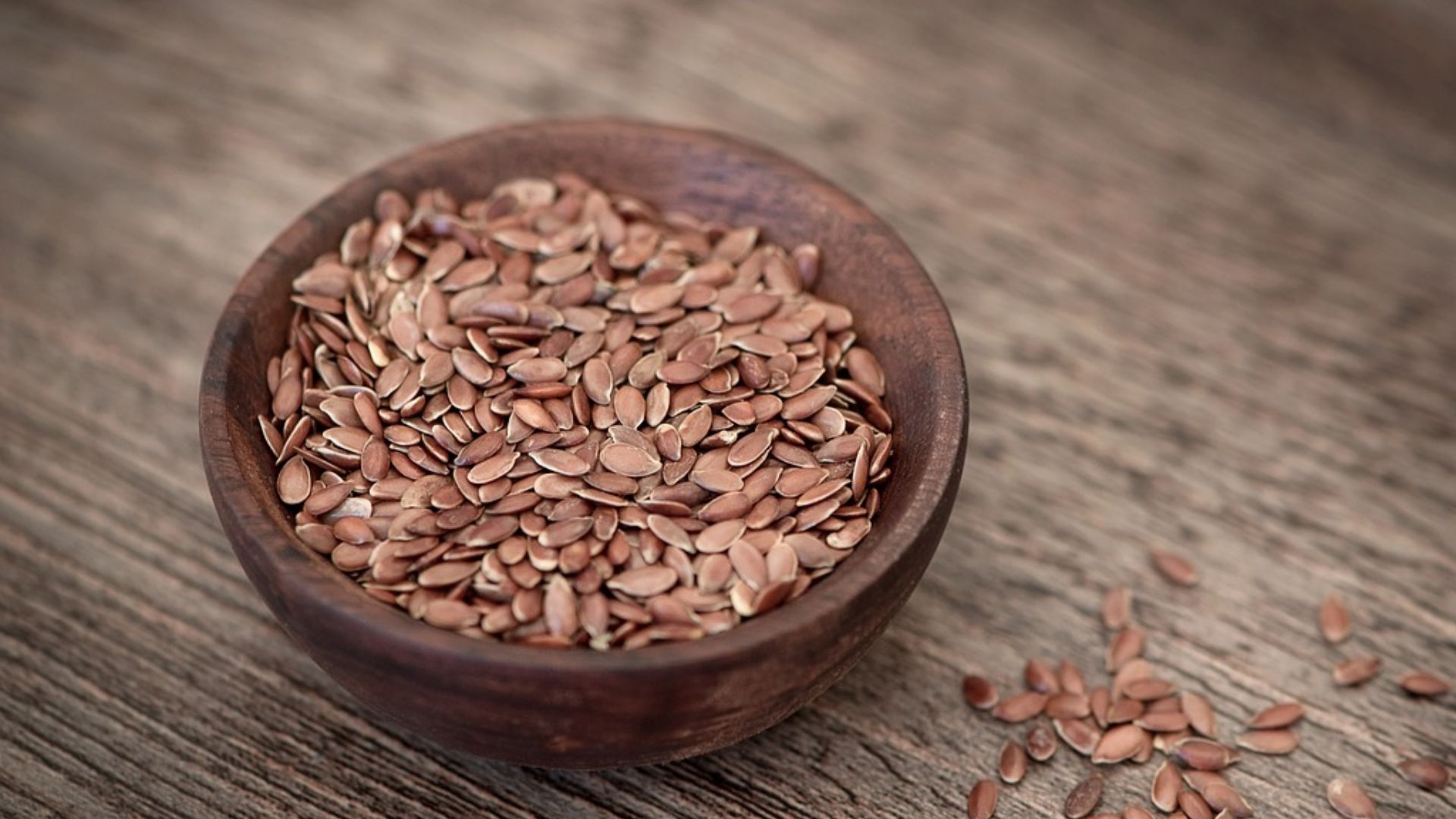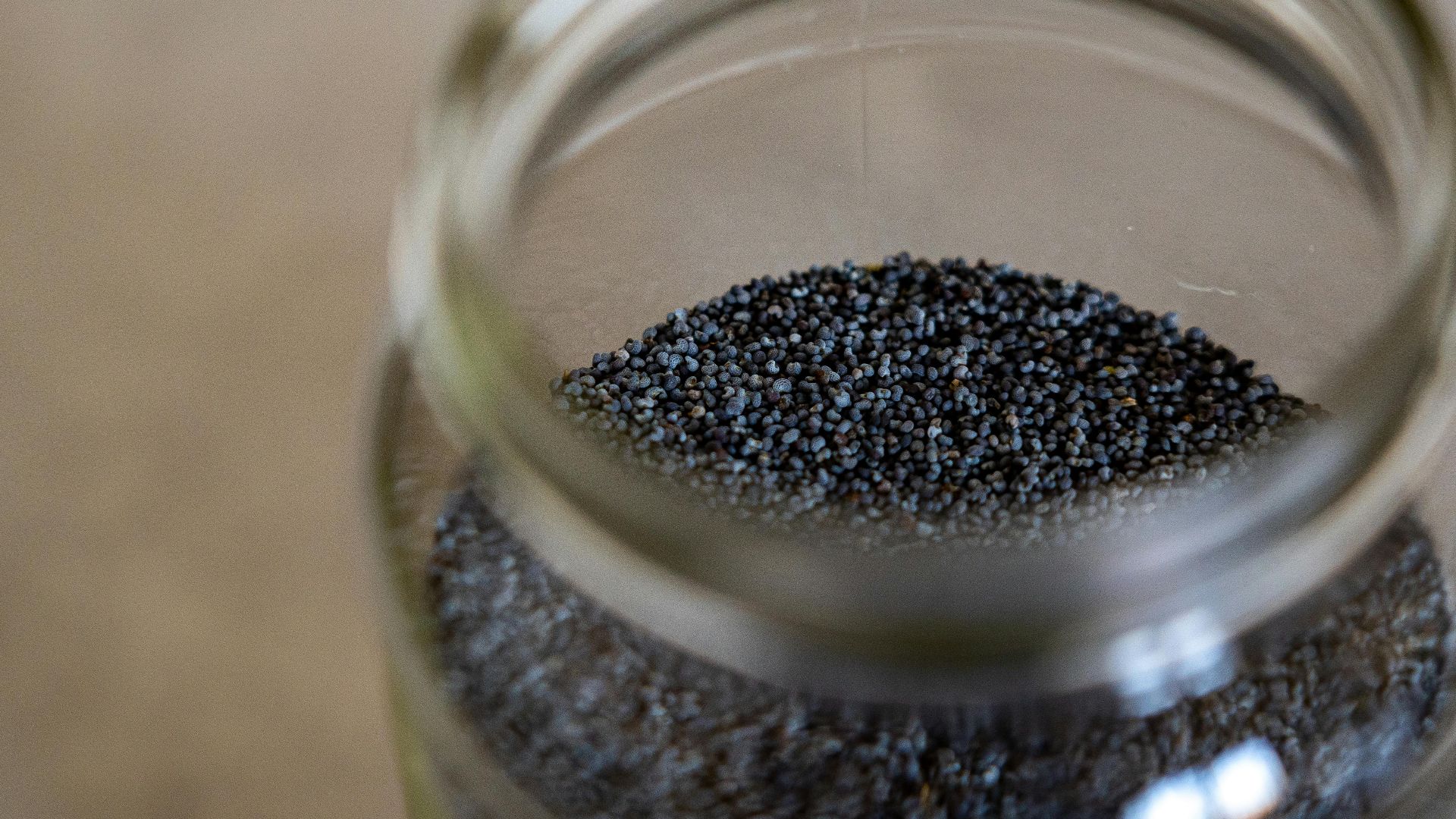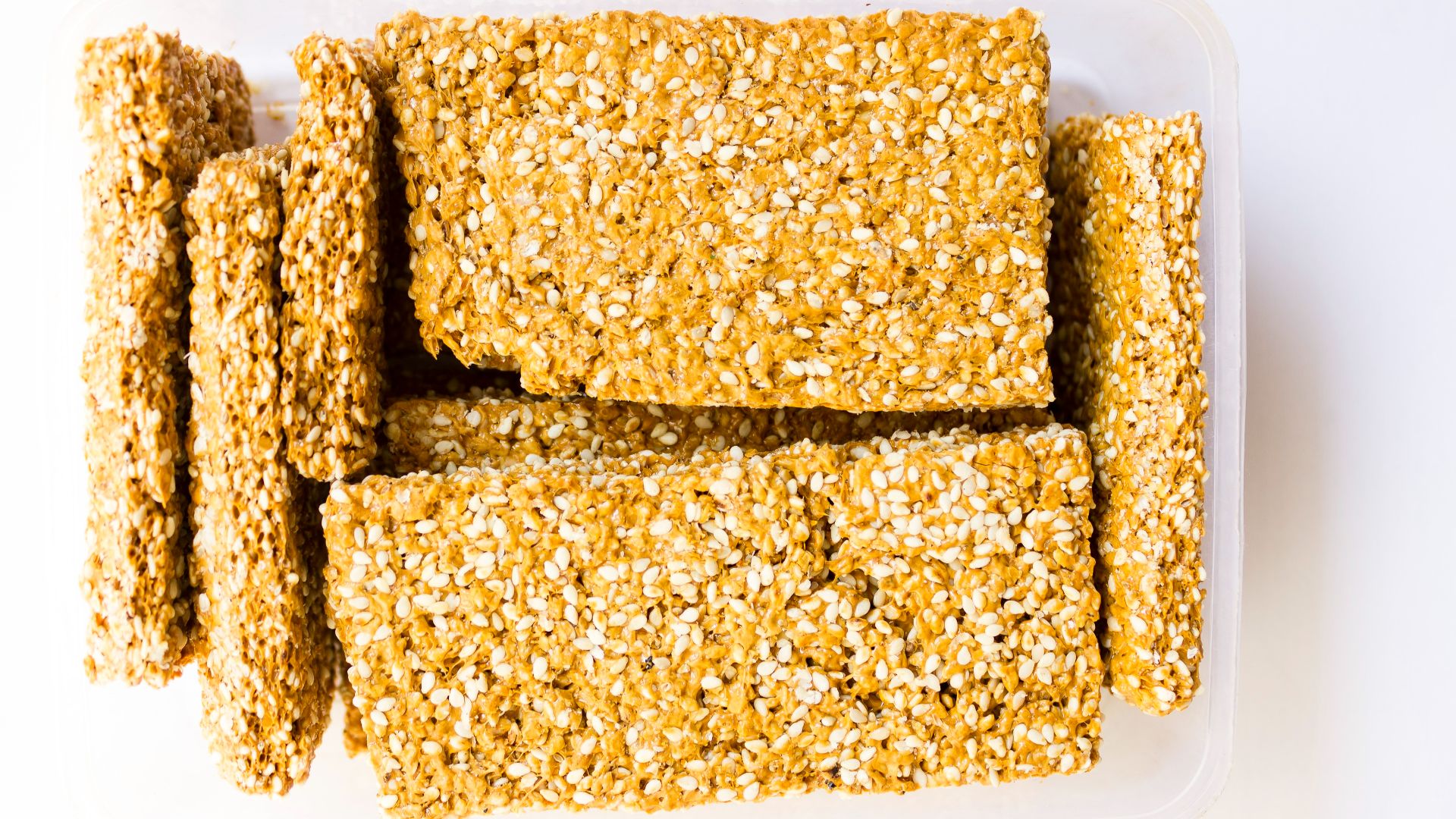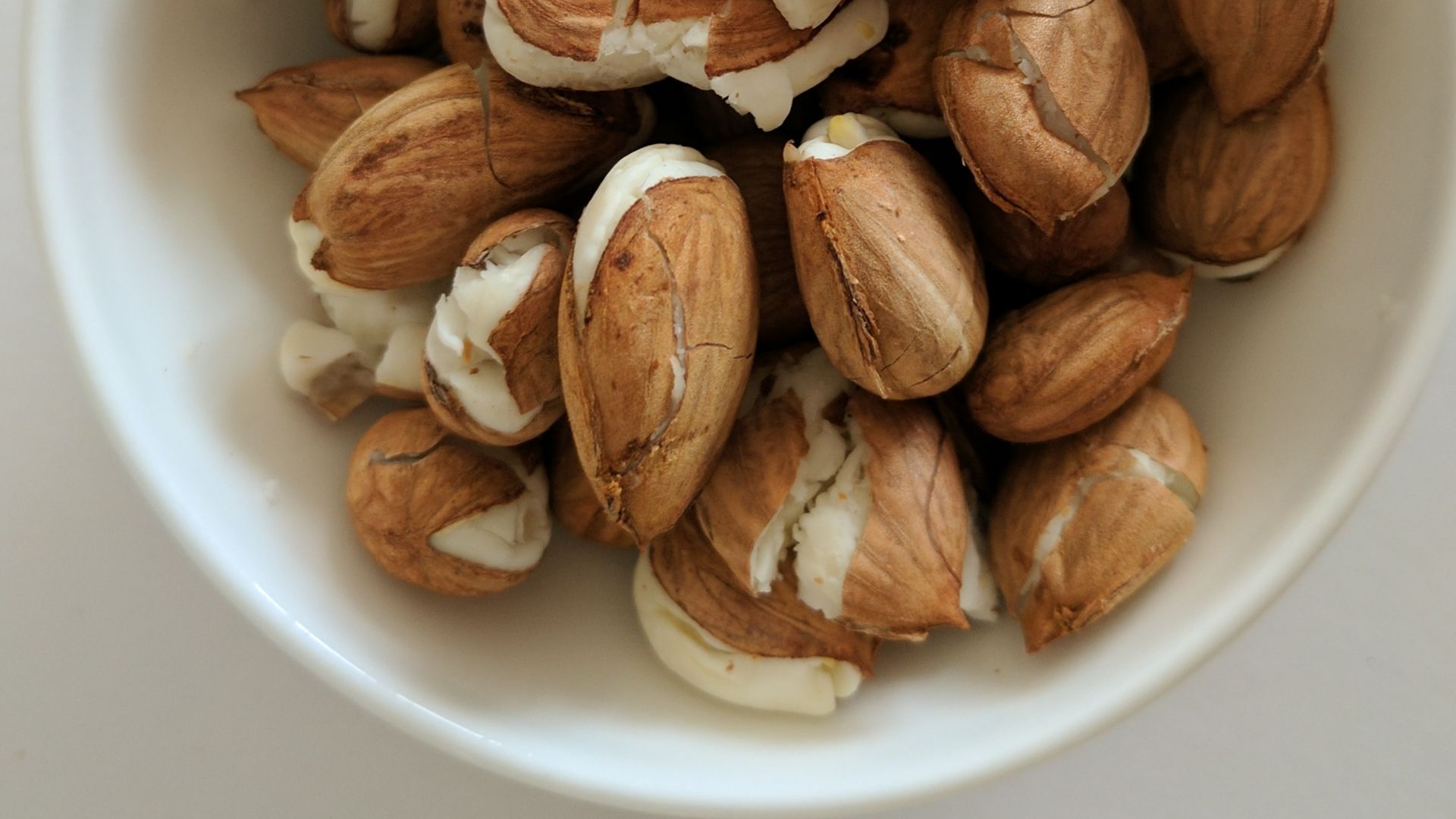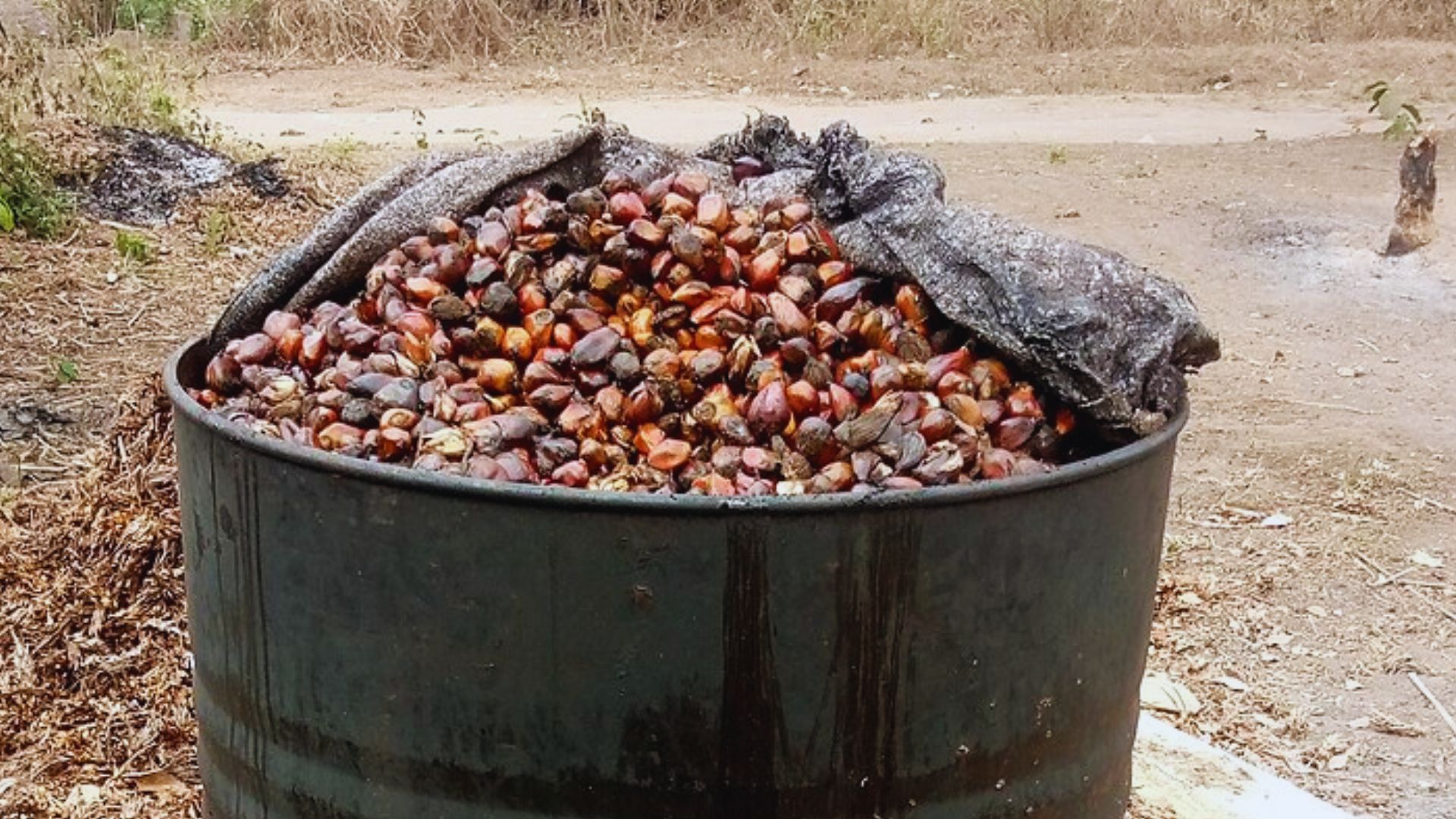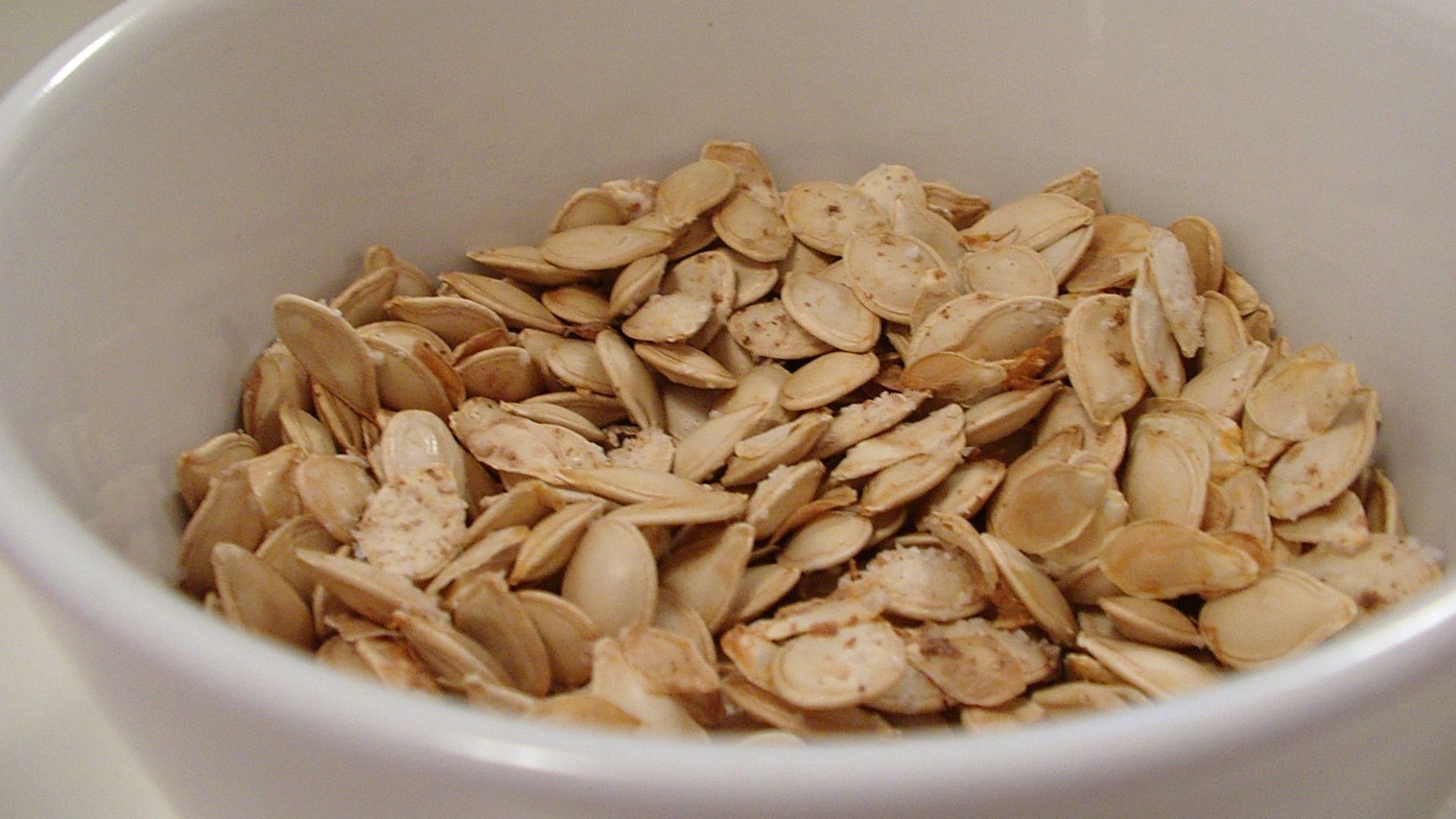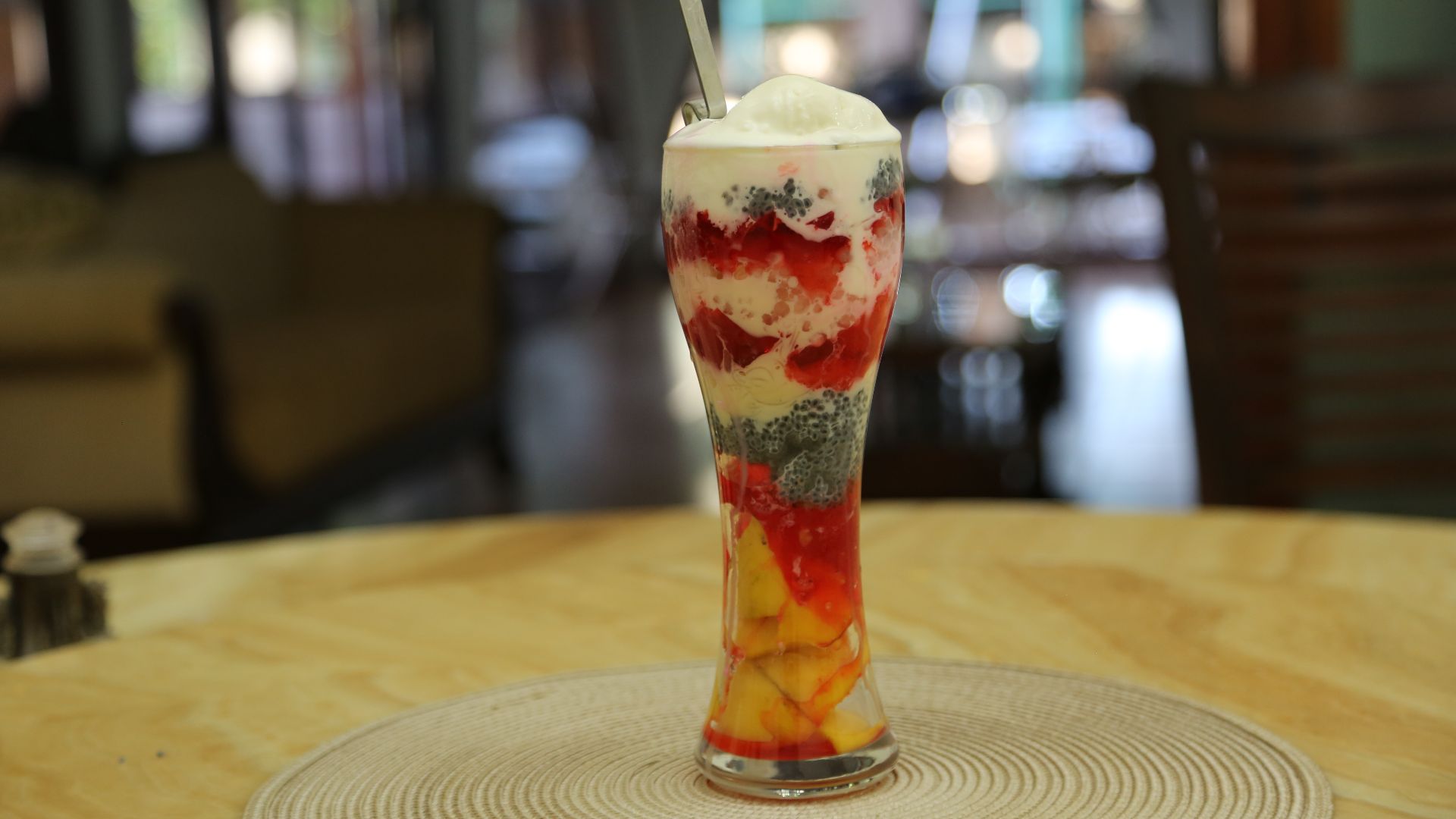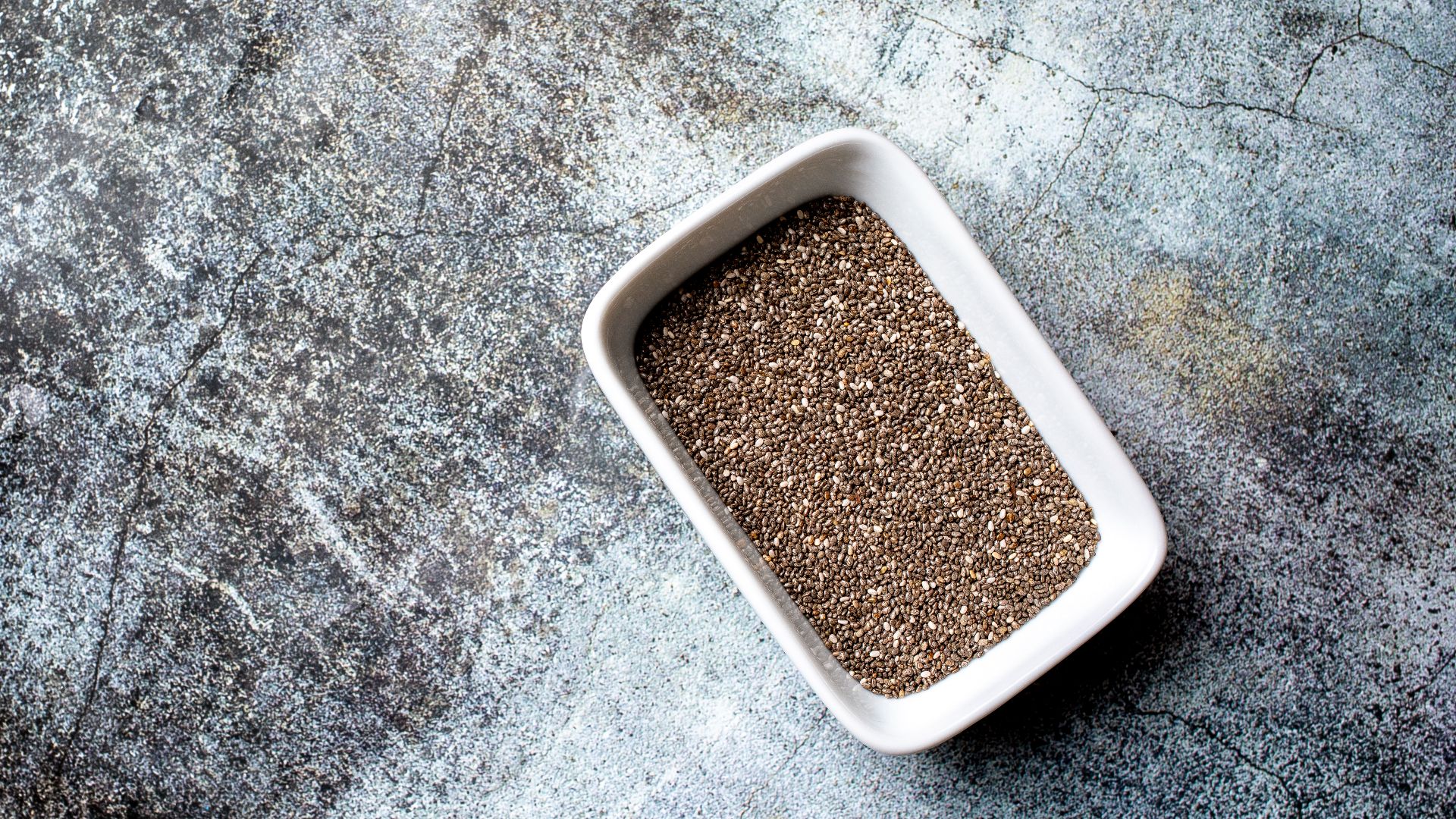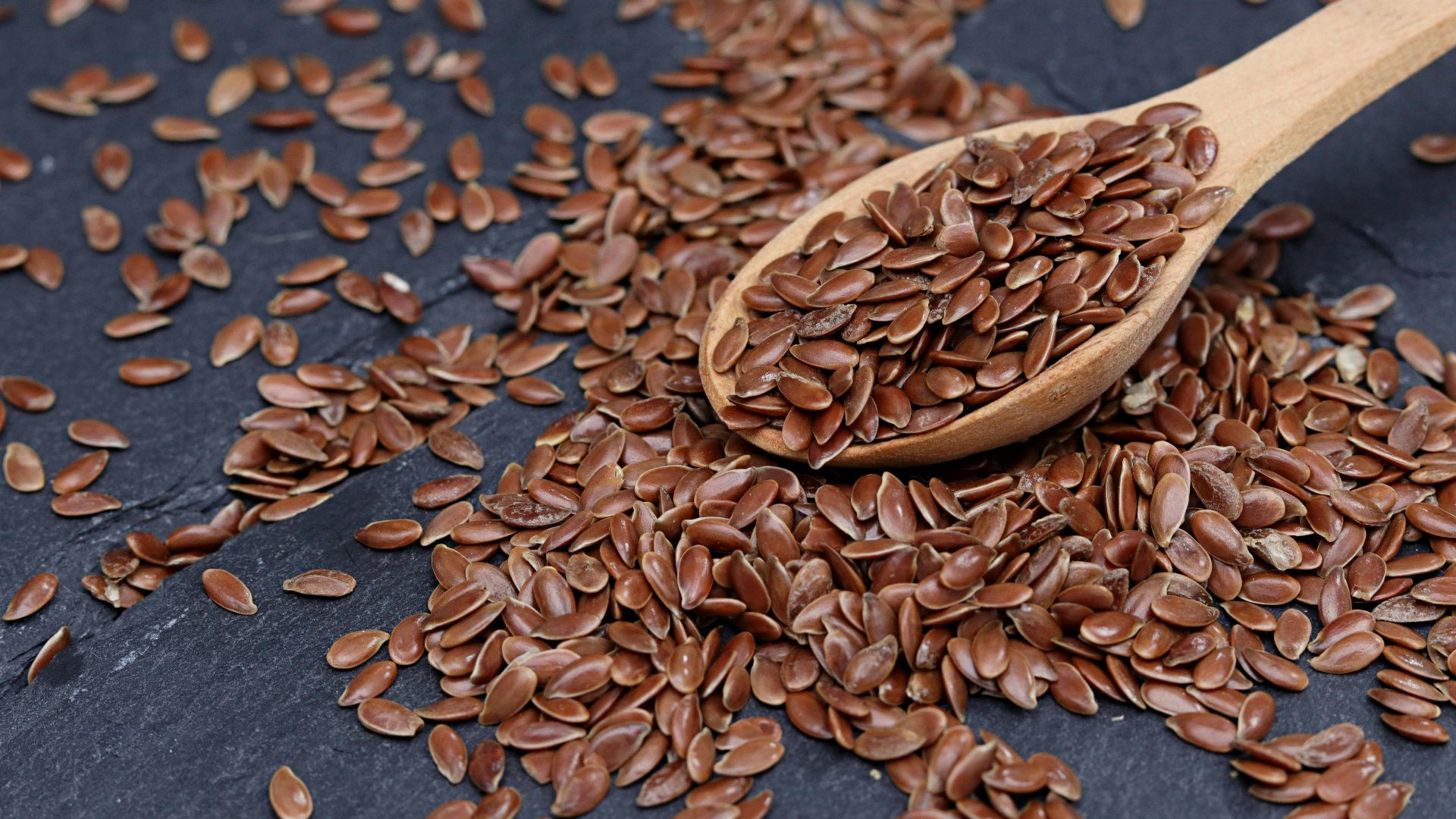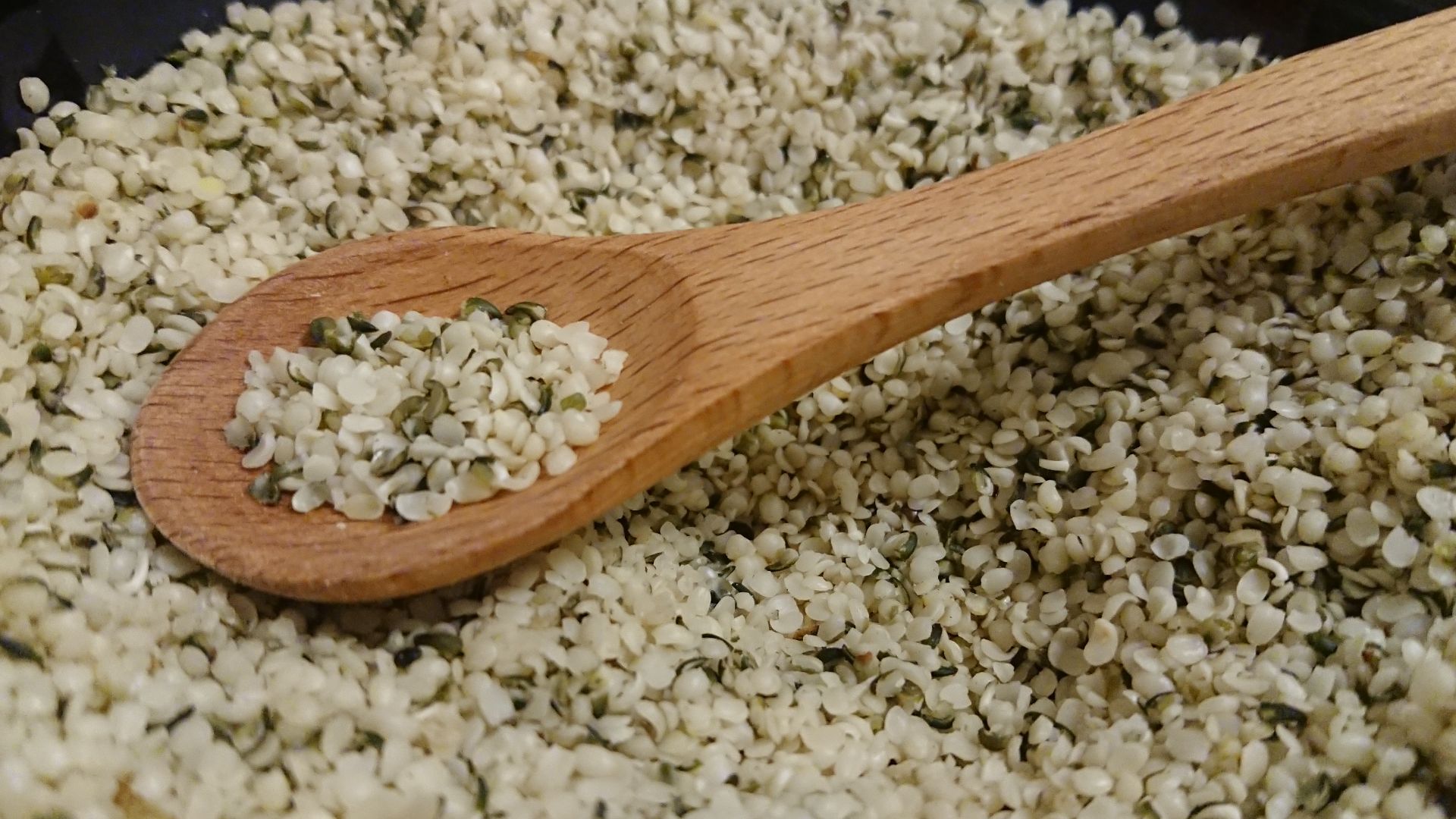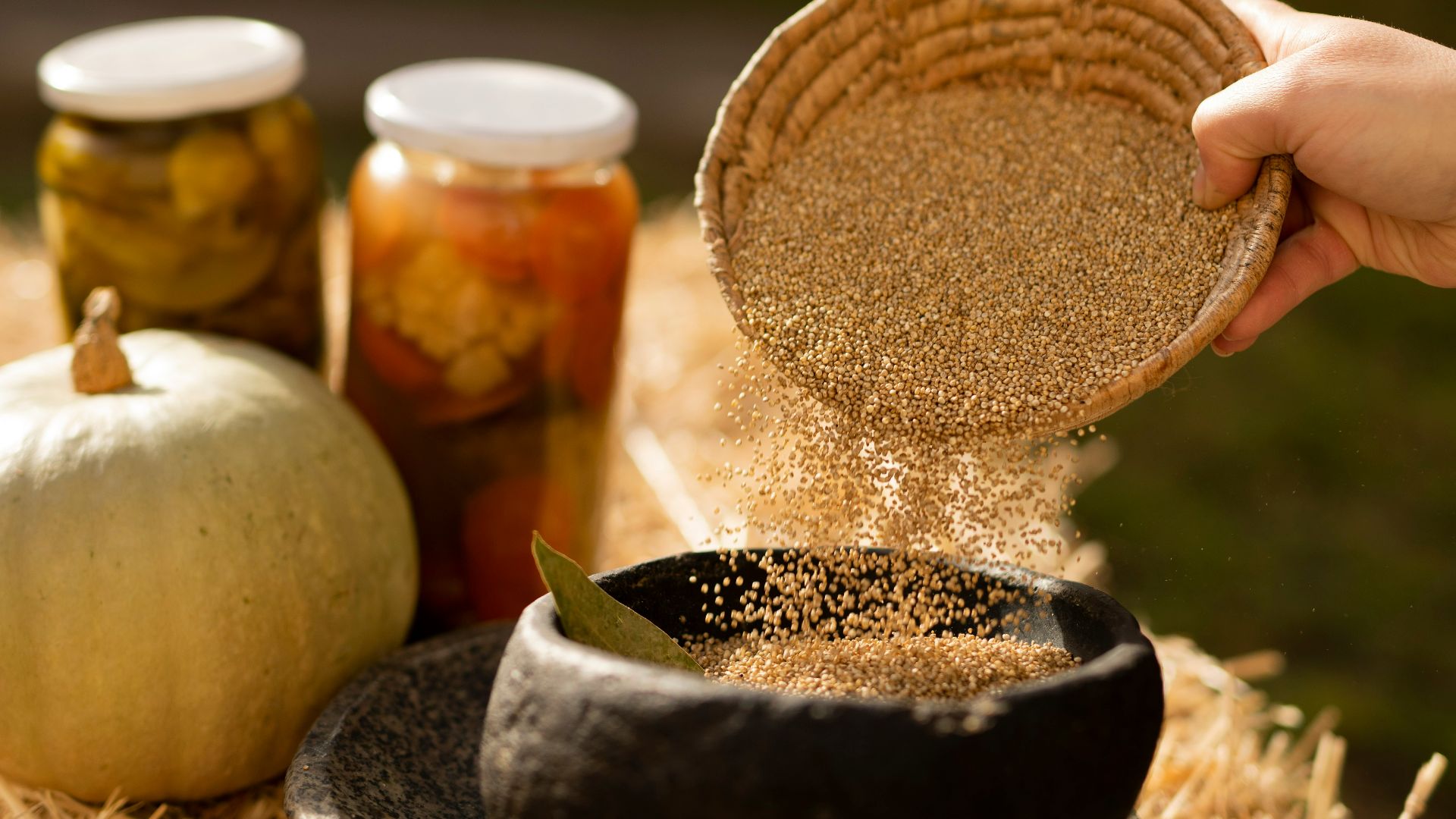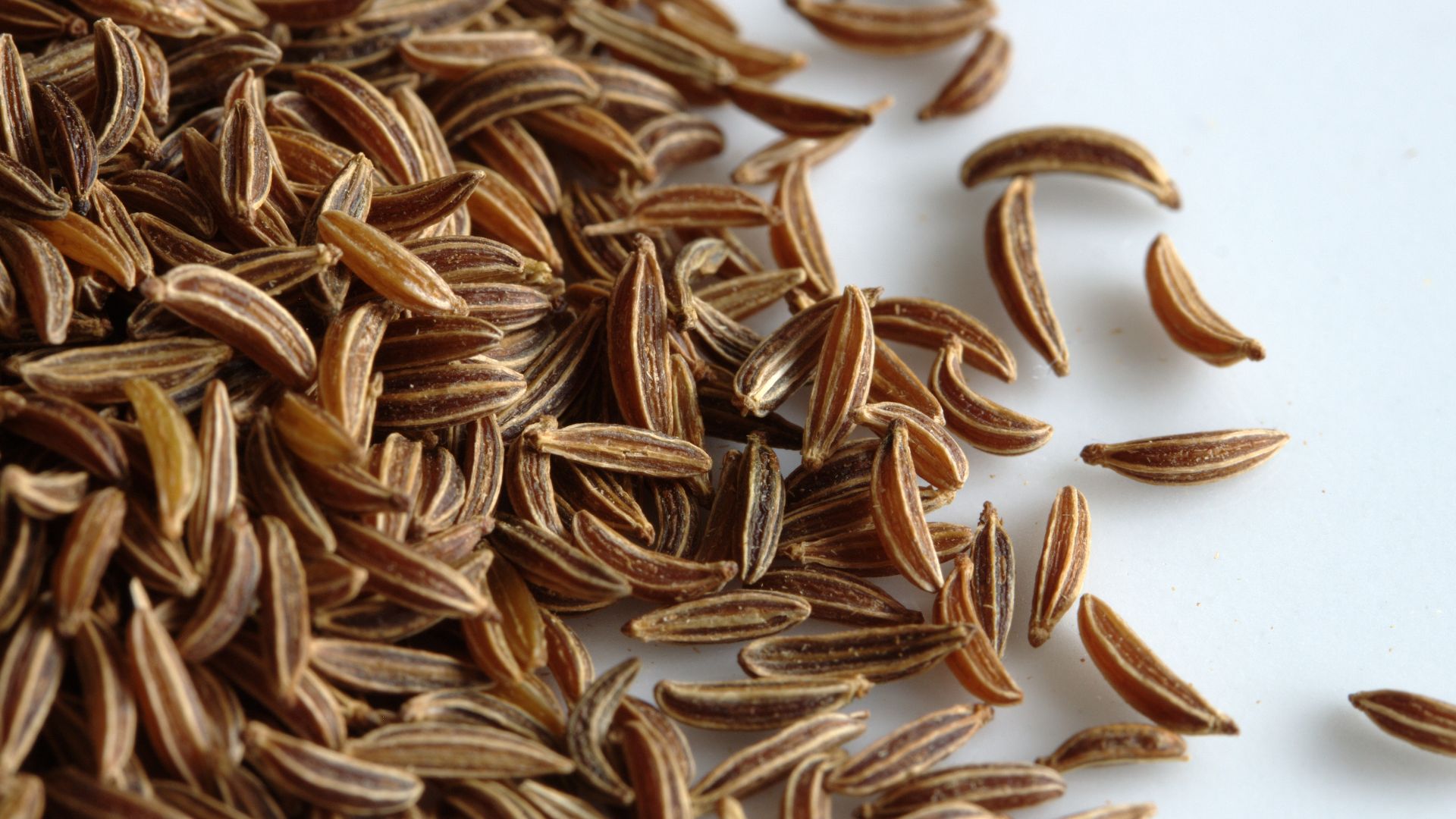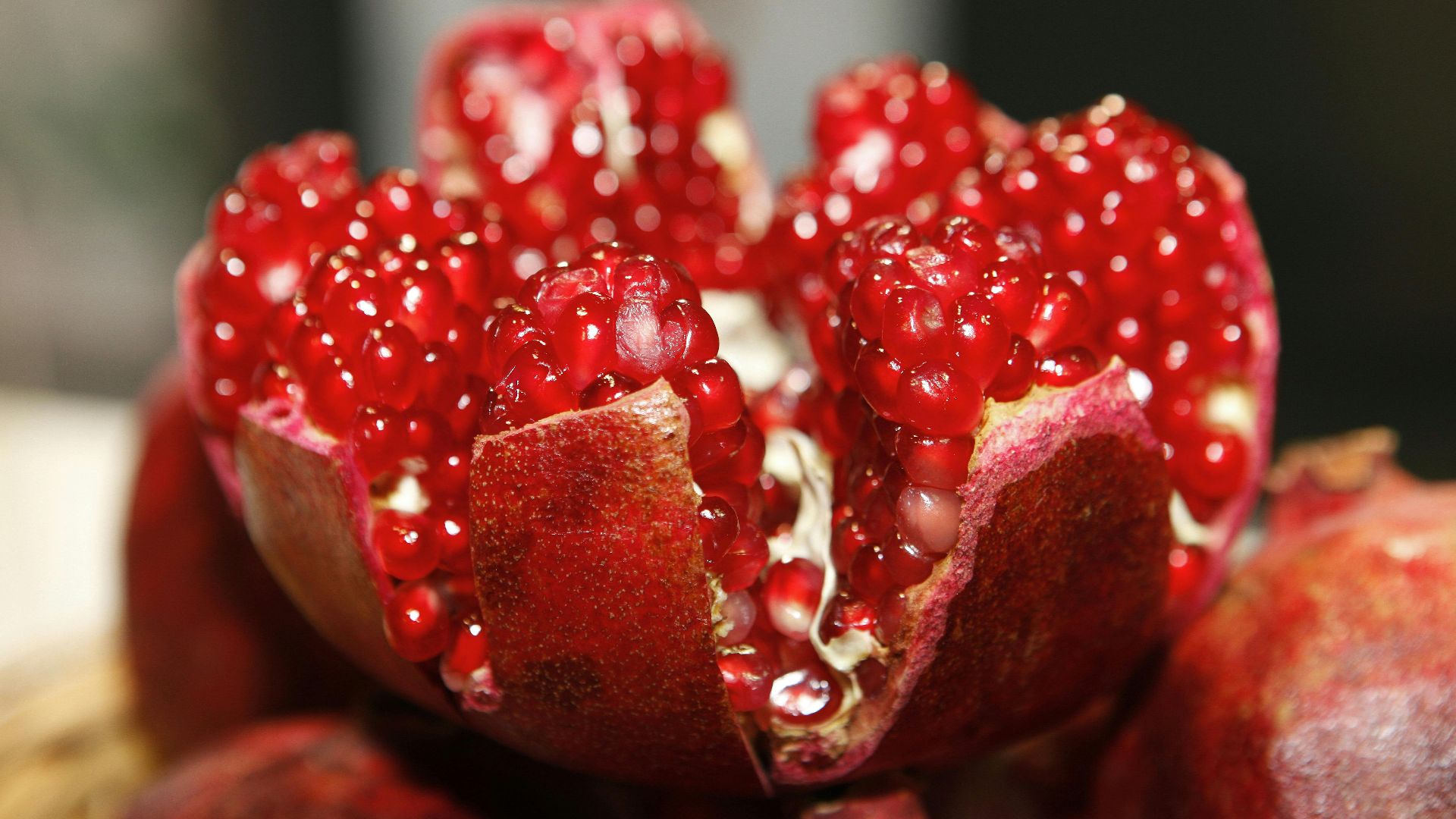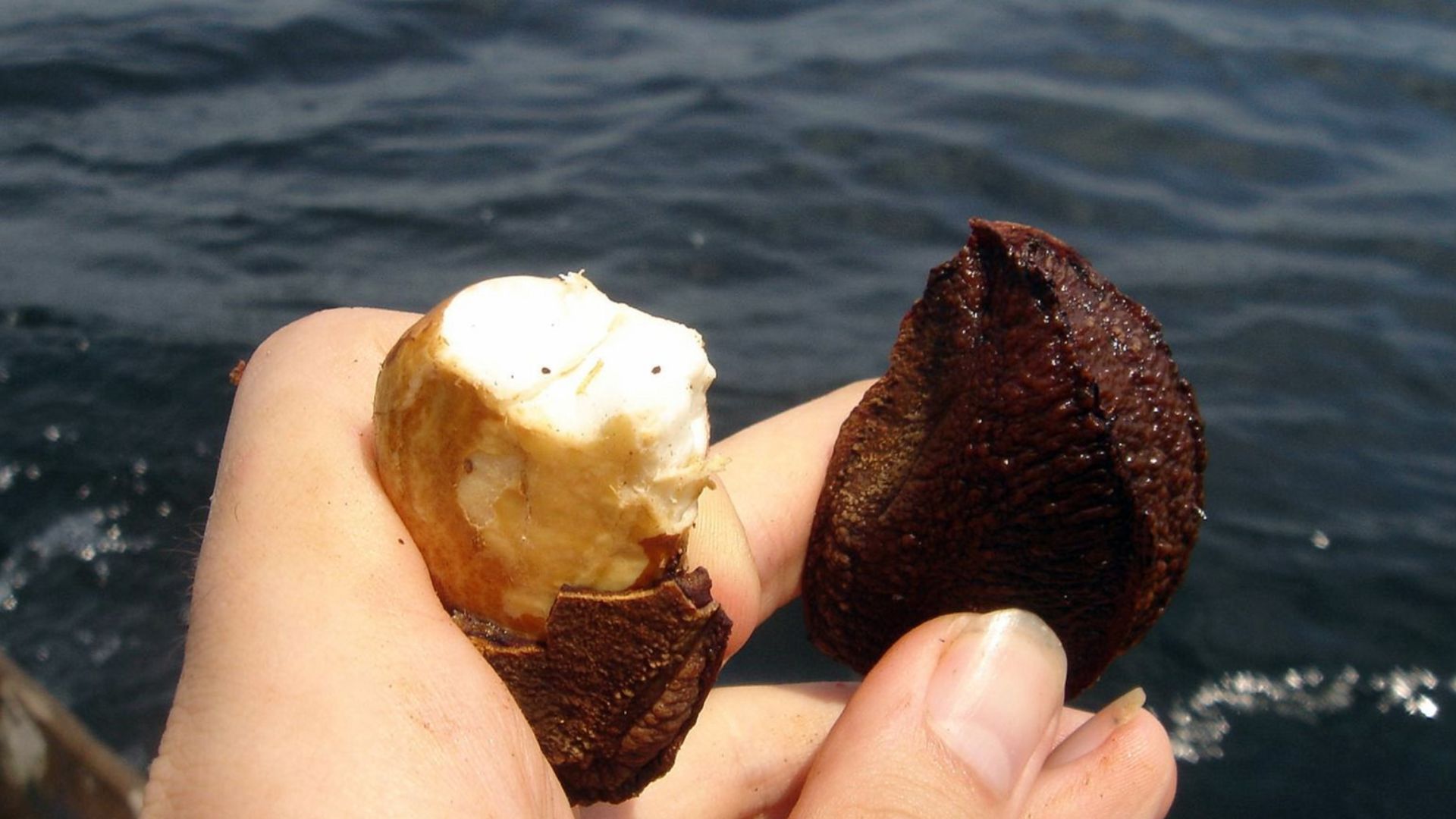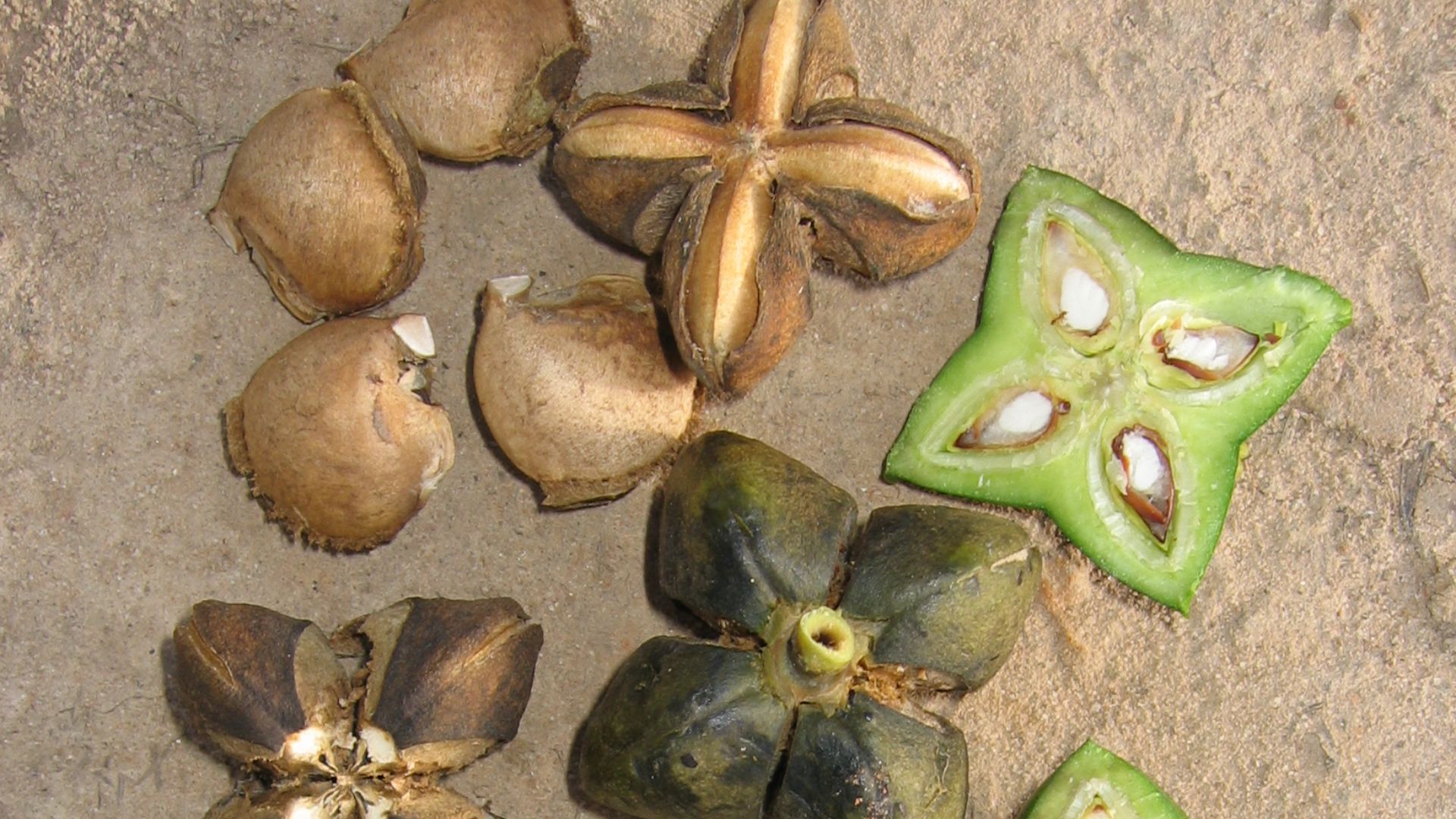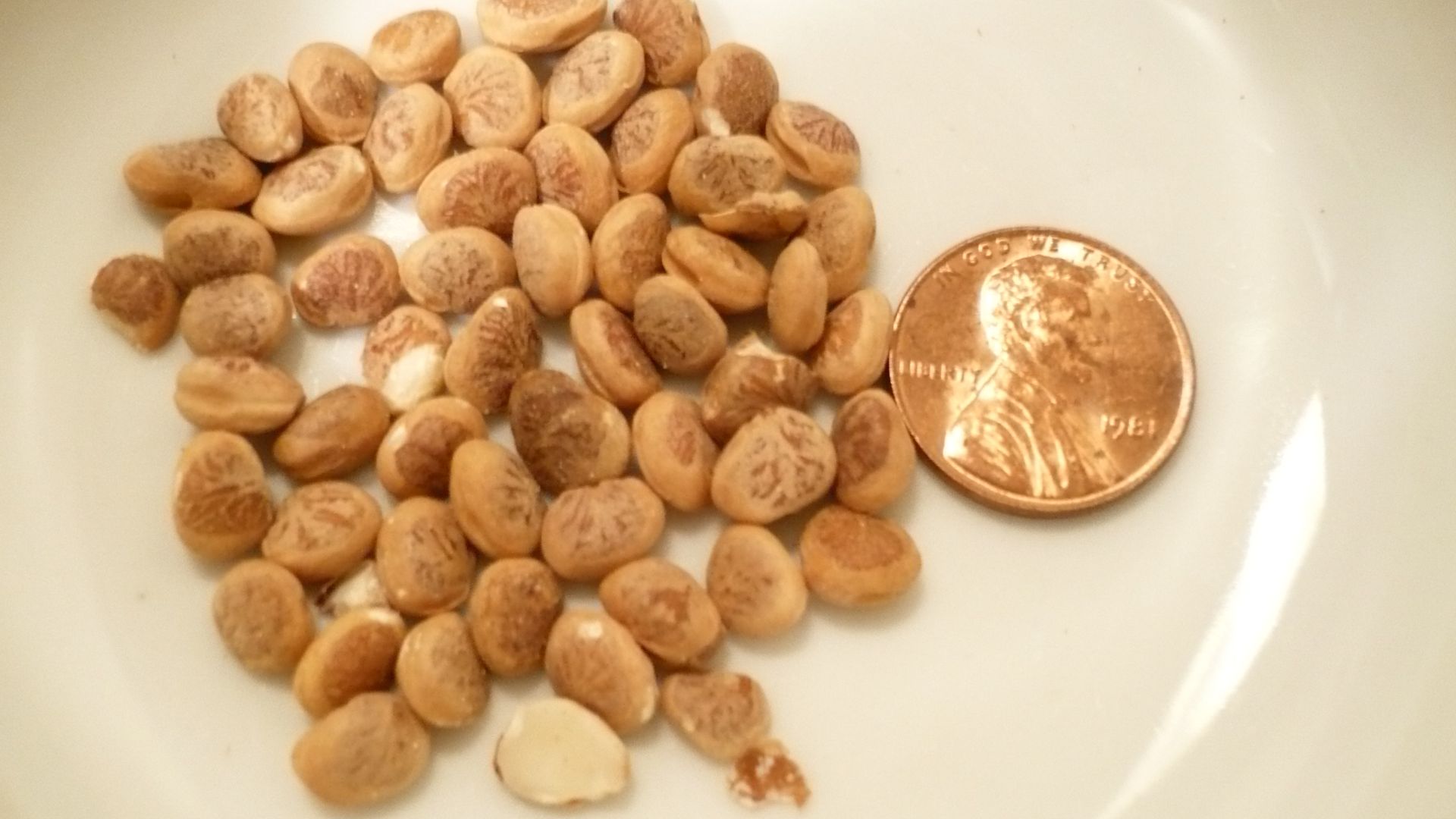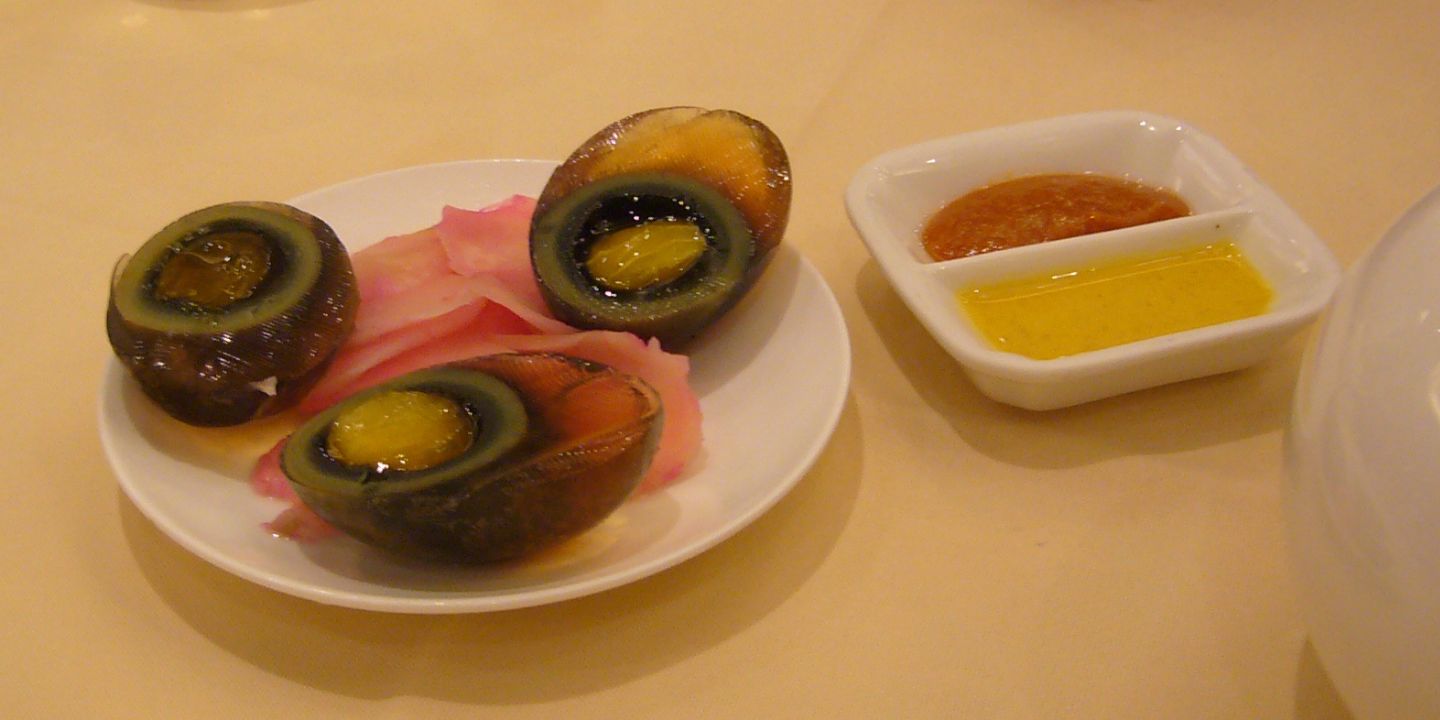Imposters Vs Real Deal
Seeds hold surprising secrets beneath their humble exteriors. They've fueled ancient civilizations and modern health trends alike. But looks can deceive. Some varieties undergo processing that diminishes their benefits; others retain good nutritional profiles when prepared thoughtfully. Let’s look into the seed spectrum.
1. Poppy Seeds
Did you know that bakeries aren't the only places obsessing over poppy seeds? These tiny black specks are surprisingly calorie-dense, containing about 45 calories per tablespoon due to their high oil content. While they offer some minerals, they're typically consumed in sugar-laden baked goods.
2. Processed Sunflower Seeds
The transformation of sunflower seeds from health food to junk food happens primarily on store shelves. Many flavored commercial varieties have significantly high sodium levels, often several hundred milligrams per serving. Their natural nutrients get overshadowed by salt, artificial flavors, and preservatives.
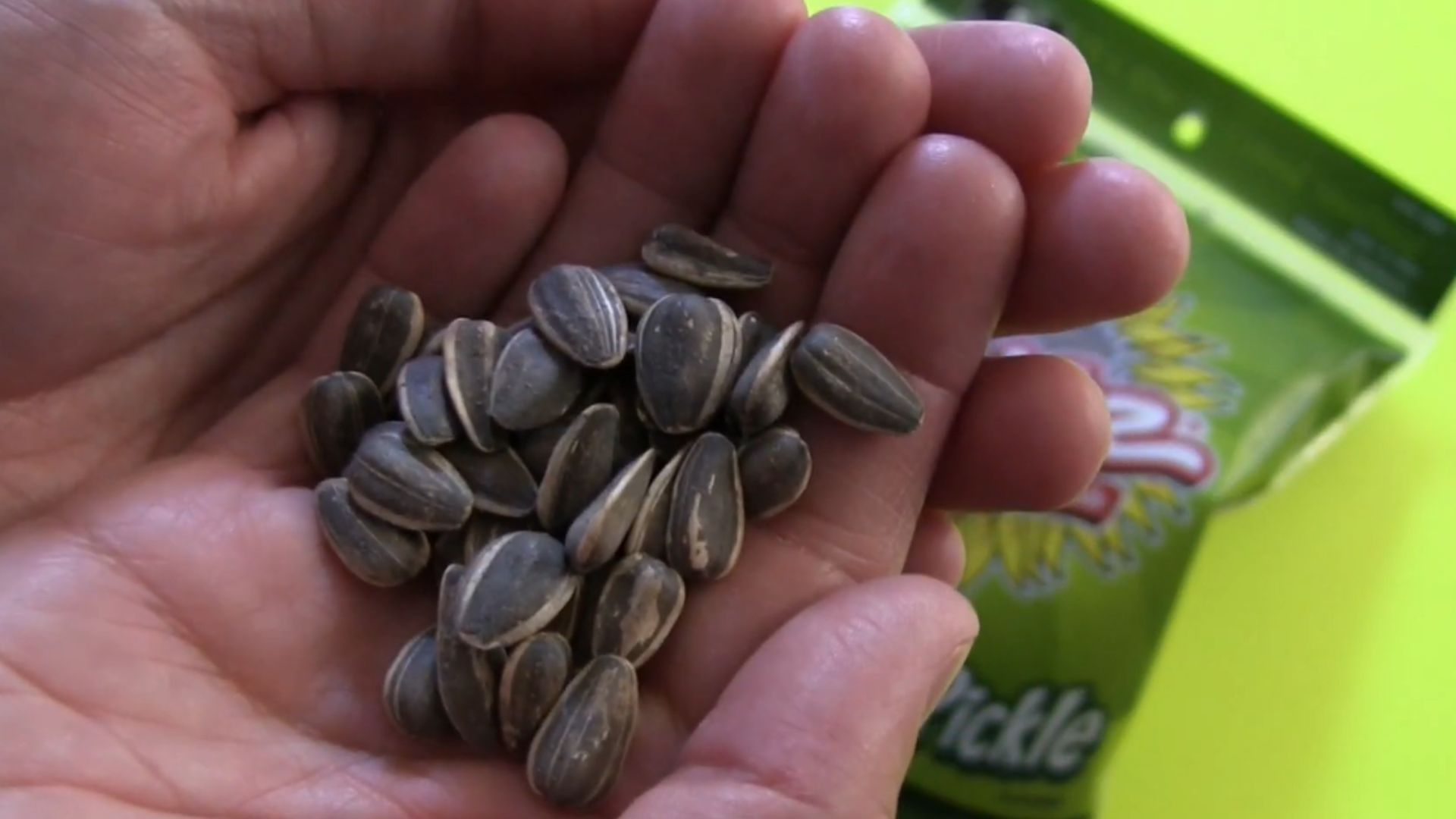 Snack Review: Spitz Sunflower Seeds by ItsAWonderfulKnife
Snack Review: Spitz Sunflower Seeds by ItsAWonderfulKnife
3. Sweetened Sesame Seeds
The ancient tradition of enjoying sesame seeds has taken an unfortunate turn in modern food production. Sweetened sesame products like honey-coated seeds or certain sesame candies add substantial sugar to what's naturally a calcium-rich seed. Traditional Middle Eastern cuisines used these in savory applications.
4. Flavored Pumpkin Seeds
Bright packaging and bold taste claims characterize flavored pumpkin seeds in seasonal displays. A couple of commercial iterations carry high sodium levels along with artificial flavorings. Manufacturers usually apply seasoning blends that can include additives and preservatives not found in plain seeds.
 Ghost Pepper Pumkin Seeds from Inhale BBQ by HotSauceJunkie Tim
Ghost Pepper Pumkin Seeds from Inhale BBQ by HotSauceJunkie Tim
5. Apricot Kernels
Apricot kernels are sometimes eaten raw, roasted, or used in culinary applications such as flavoring (e.g., in jams, desserts, or beverages). Eating more than three small raw kernels, or less than half of one large kernel, in a single serving can be risky, causing cyanide poisoning.
6. Commercially Roasted Pine Nuts
These expensive treats can develop rancidity relatively quickly after processing due to their high fat content. Some consumers even experience “pine mouth syndrome.” This is a temporary bitter taste sensation that occurs after eating certain varieties. It develops 12–48 hours after ingestion.
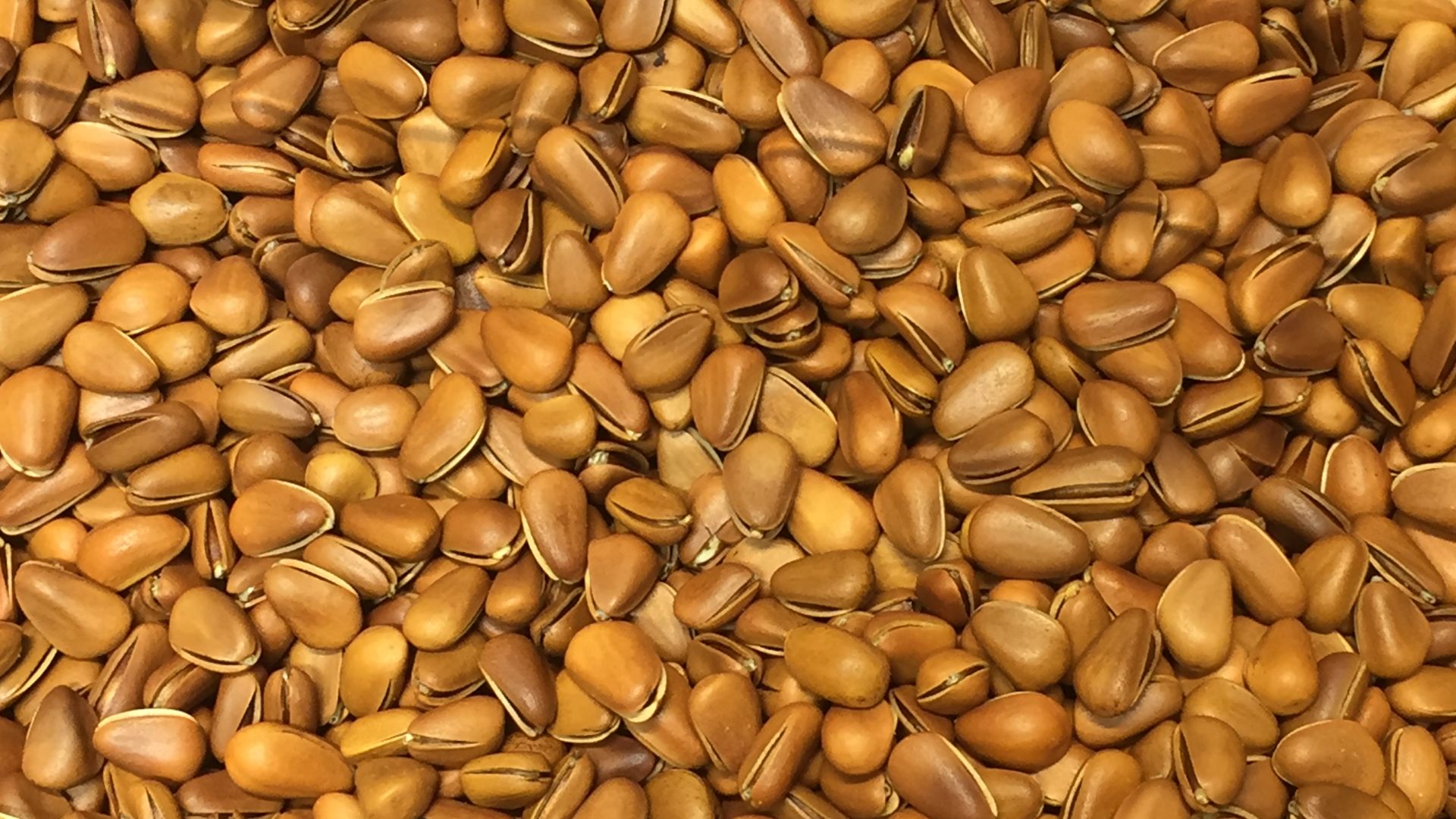 Fumikas Sagisavas on Wikimedia
Fumikas Sagisavas on Wikimedia
7. Roasted Palm Seeds
Environmental concerns loom large over palm cultivation before these items even reach dinner plates. Palm seeds naturally contain large amounts of saturated fat compared to most plant-based foods. Commercial processing then involves high-heat treatments that tend to alter the natural composition of these seeds.
8. Salted Squash Seeds
A usual package of commercially salted squash seeds comes with considerable sodium, which can contribute to daily intake concerns. The natural zinc content that renders these seeds nutritionally rich gets overshadowed. Commercial brands sometimes add anti-caking agents and preservatives to extend shelf life.
9. Sugared Basil Seeds
The health food industry has recently discovered basil seeds, but not always with beneficial results. Traditional in Asian desserts, Western commercial options add sweeteners to these bland seeds. Overconsumption can lead to low blood sugar, which may be a concern for individuals with diabetes.
10. Unsoaked Chia Seeds
Chia seeds have become a superfood sensation, but consuming them improperly might result in unexpected health concerns. When eaten dry and not properly hydrated, these tiny bits can cause swallowing difficulties and dehydration. Unfortunately, many marketplace goods incorporate them dry into bars.
While the first ten seeds might be better left on the shelf, nature gives plenty of other nutritional powerhouses worth adding to your daily diet.
1. Raw Flax Seeds
Ground flax seeds open beneficial treasures that remain hidden in their whole form. These unassuming brown seeds carry lignans, plant compounds with antioxidants that may help lower the risk of cancer. Flaxseeds also have an impressive omega-3 content and the potential to support hormonal balance.
2. Hemp Seeds
Their perfect 3:1 ratio of omega-6 to omega-3 fatty acids mirrors what dieticians consider ideal for human health. Hemp seeds are a superb source of vitamin E and provide over 25–30% protein by calories, containing all nine essential amino acids.
3. Quinoa Seeds
Technically a seed rather than a grain, quinoa's protein quality earned it the nickname "mother grain" among the Incas. The United Nations declared 2013 "International Year of Quinoa," recognizing its potential for global food security. Apparently, its high fiber content supports digestion.
4. Caraway Seeds
A study from WebMD indicated that taking a daily dose of caraway extract helped individuals with higher BMIs reduce their weight. Considered heavy in limonene and carvone, these can neutralize free radicals and decrease oxidative stress. The seeds deliver essential minerals like iron and magnesium.
5. Pomegranate Seeds
Those jewel-like pomegranate bits burst with flavor and powerful plant compounds. As ruby-red arils, they come with punicalagins and punicic acid, unique antioxidants that research links to reduced inflammation and heart health benefits. Ancient Persian mythology celebrated pomegranates as symbols of fertility.
6. Fennel Seeds
Fennel seeds are aromatic components of the fennel plant. They are widely used as a spice and conventional remedy, while also possessing a distinctive licorice-like flavor. These seeds are full of nutrients and bioactive compounds, alongside their carminative properties that reduce bloating.
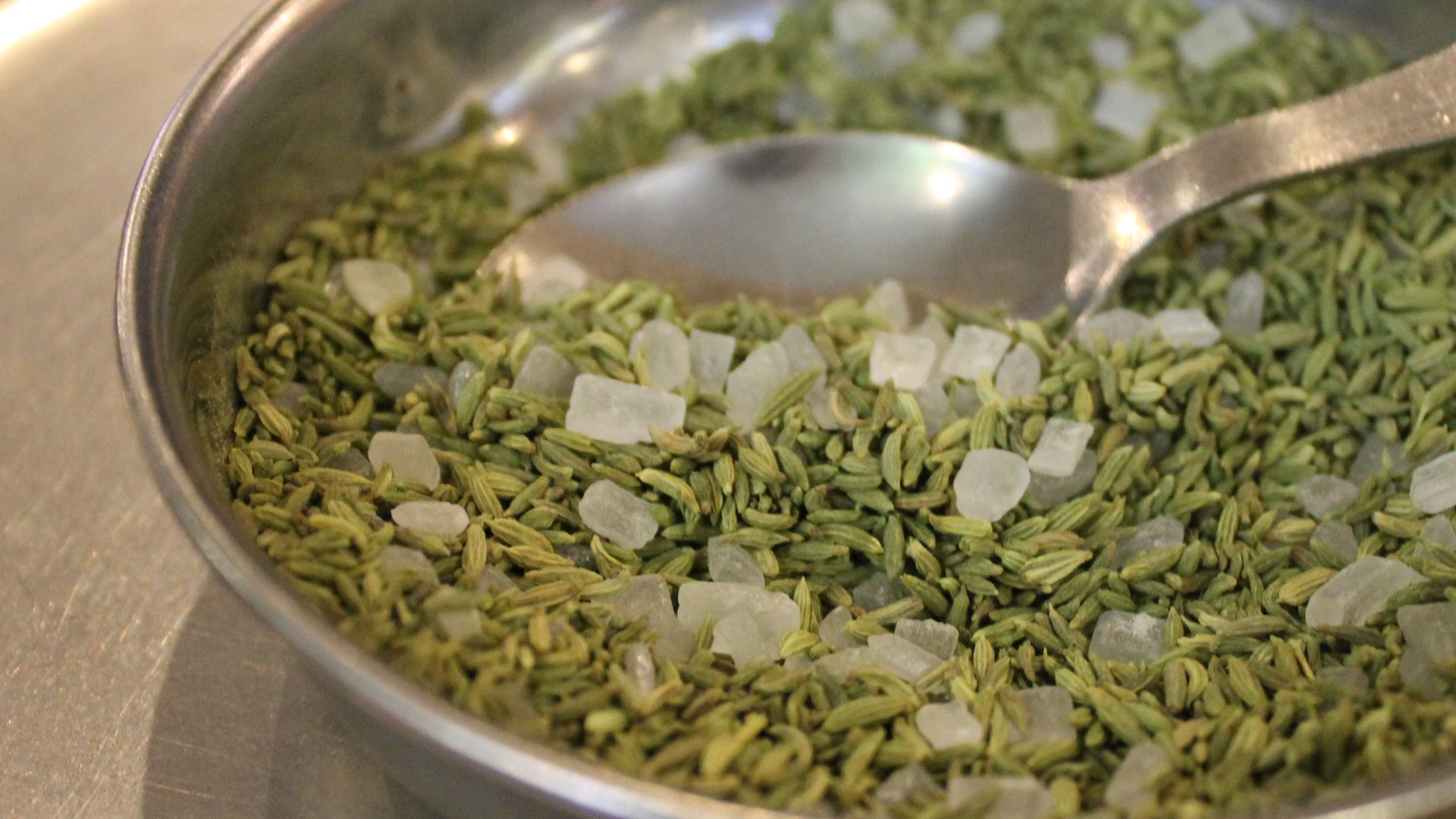 Connie Ma from Chicago, United States of America on Wikimedia
Connie Ma from Chicago, United States of America on Wikimedia
7. Amaranth Seeds
Popping amaranth creates a texture similar to miniature popcorn, releasing a nutty flavor without requiring additional fats or oils. These tiny seeds accommodate lysine, an essential amino acid. Plus, they are said to have exceptional protein quality and a high calcium content.
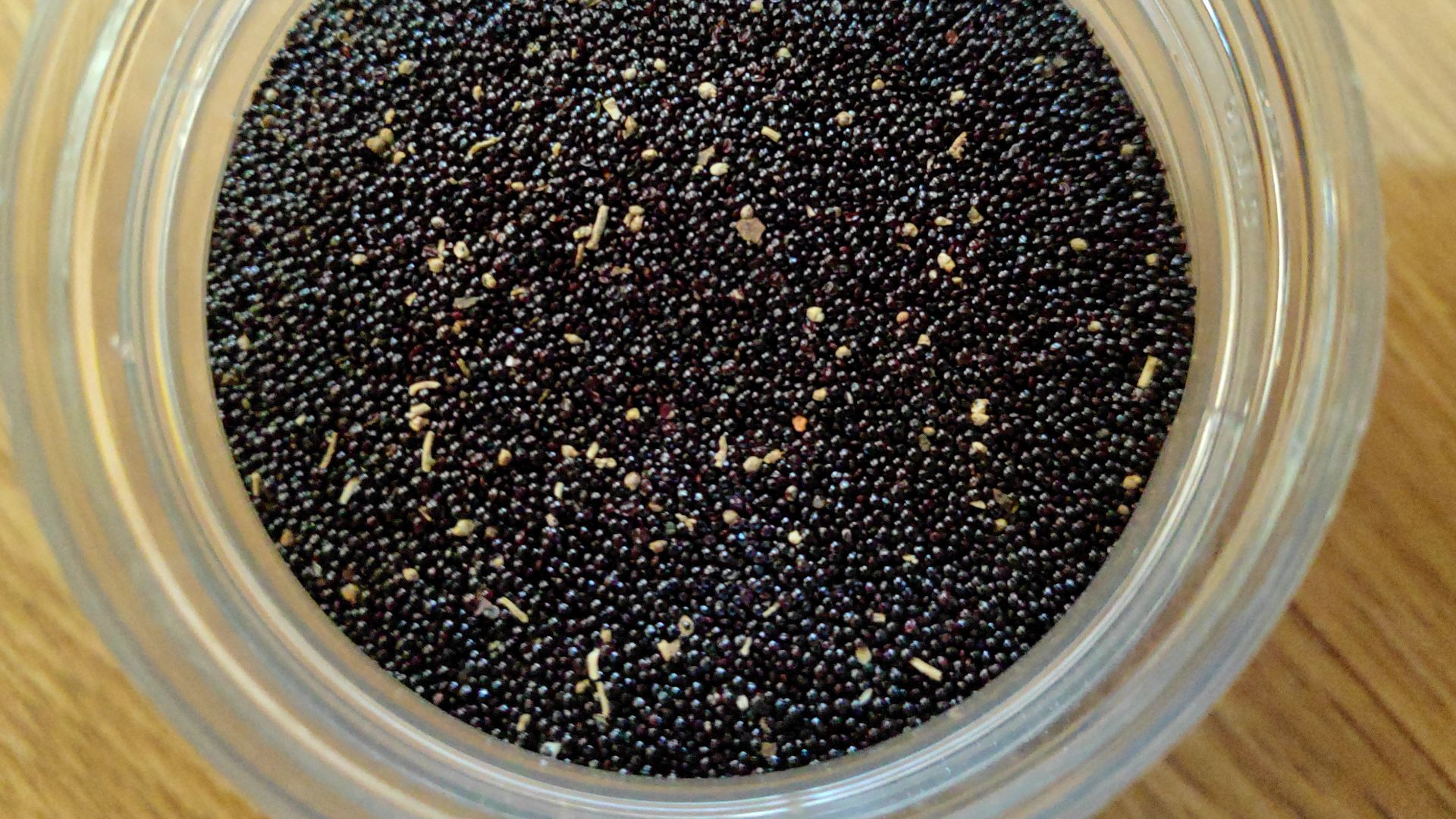 Gaurav Dhwaj Khadka on Wikimedia
Gaurav Dhwaj Khadka on Wikimedia
8. Brazil Nut Seeds
Just two Brazil nuts can give more than the recommended daily selenium intake, making them nature's most concentrated source of this essential mineral. Harvested exclusively from wild trees in the Amazon rainforest, the Brazil nut houses decent amounts of magnesium, phosphorus, and thiamine.
9. Sacha Inchi Seeds
Star-shaped sacha inchi seeds from the Peruvian Amazon have one of the highest omega-3 contents of any plant food on Earth. The seeds undergo a gentle roasting process to remove their naturally bitter taste, revealing a taste reminiscent of roasted peanuts.
10. Chironji Seeds
Here comes a good plant-based protein source important for tissue repair and immune function. Full of calcium, phosphorus, iron, and magnesium, they are considered vital for bone strength, oxygen transport, and enzymatic functions. Additionally, the protein and micronutrients help boost energy levels.


